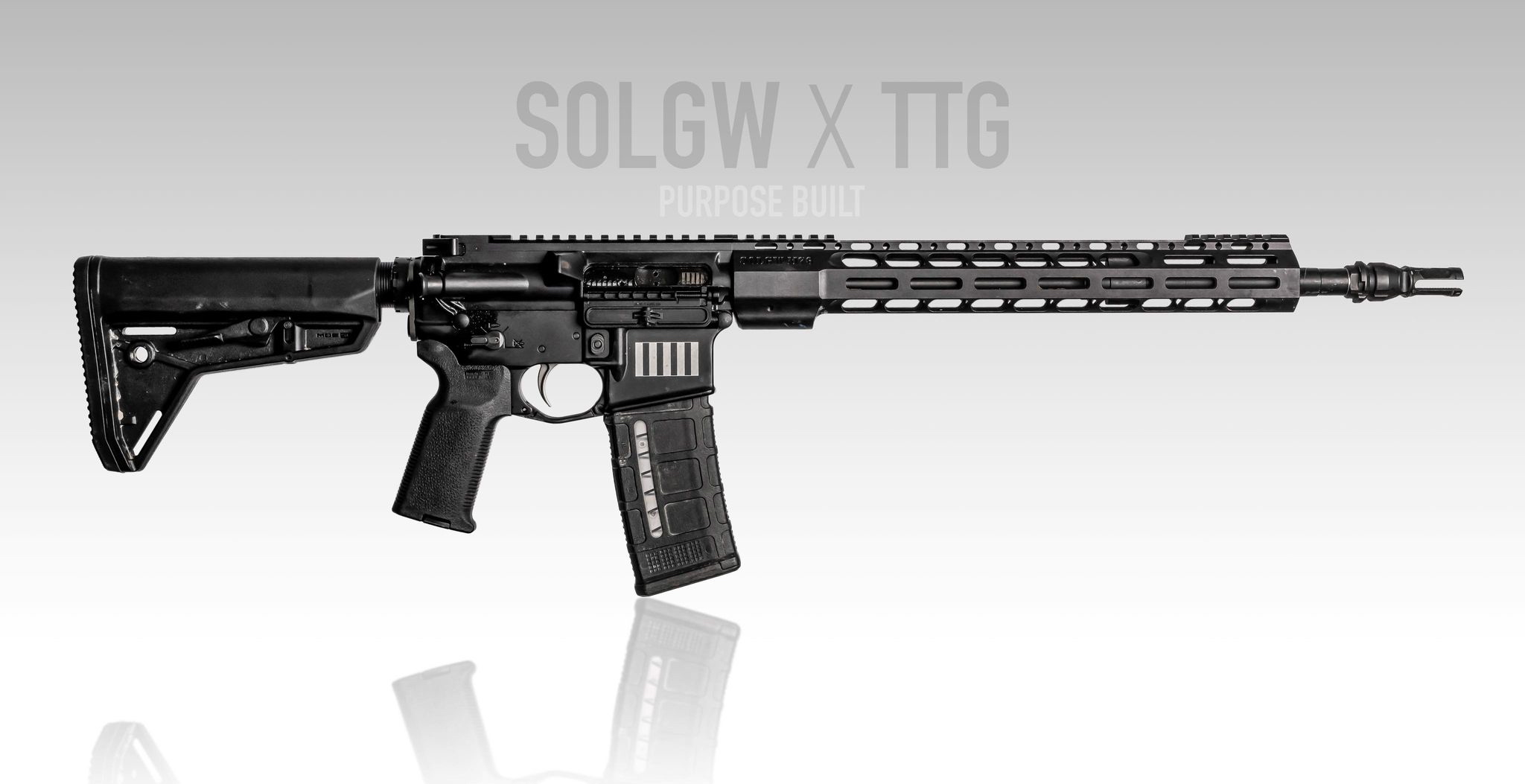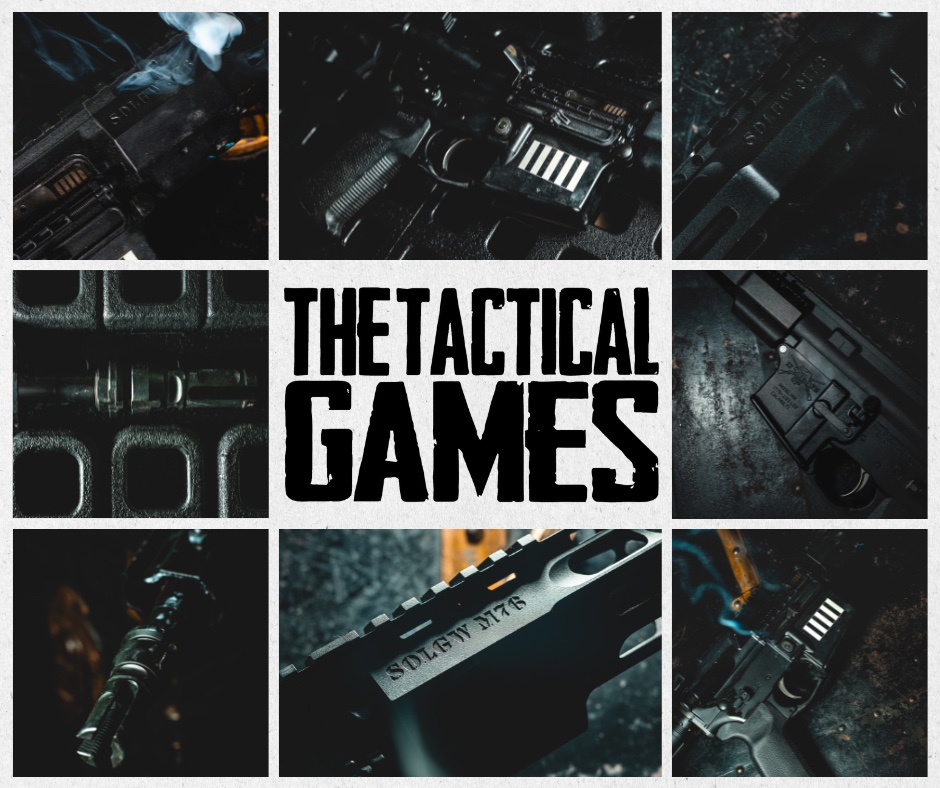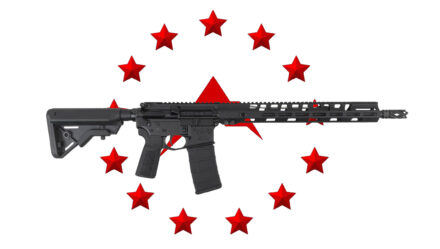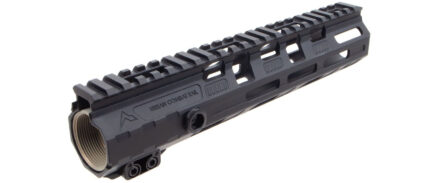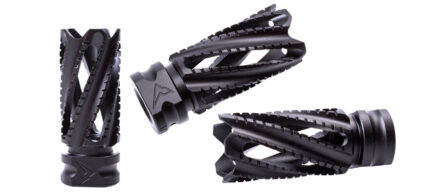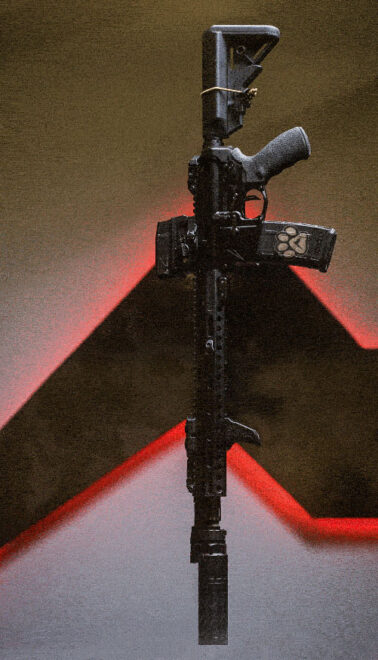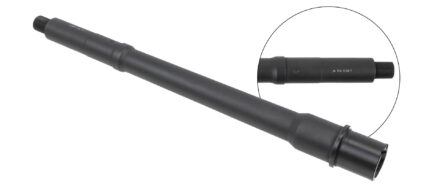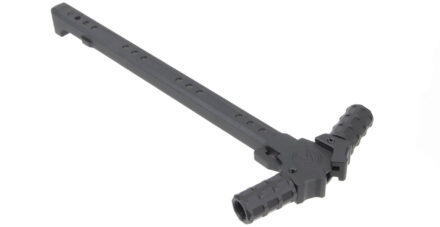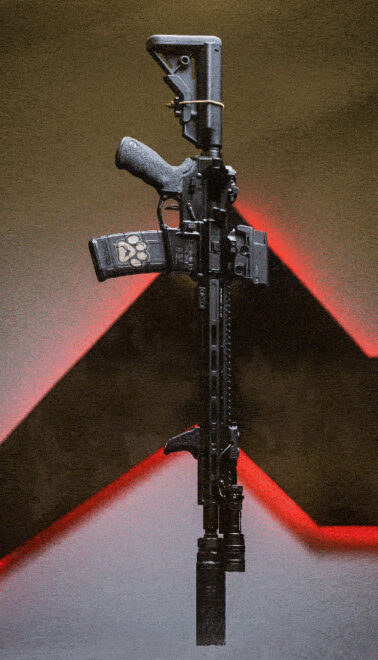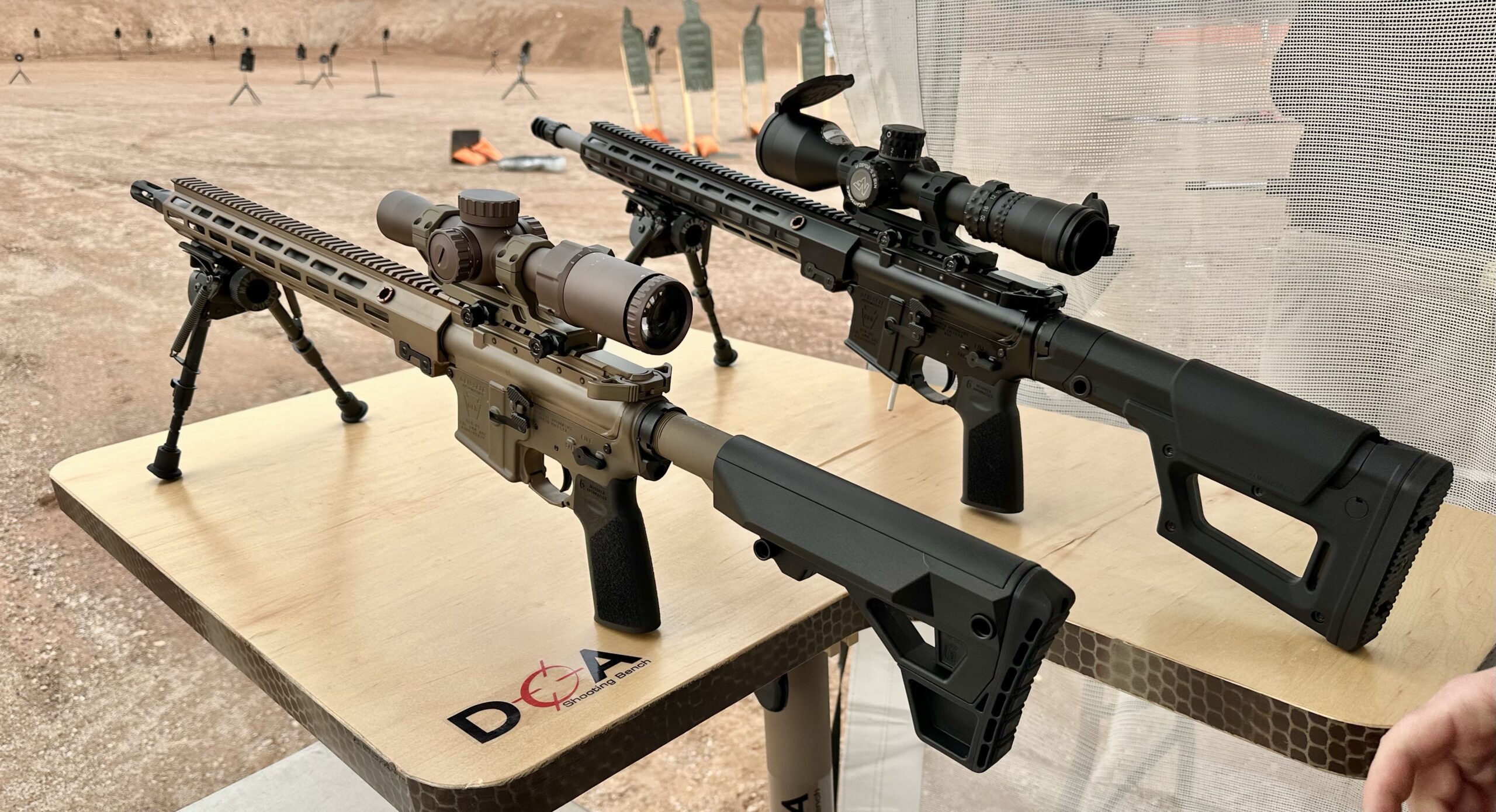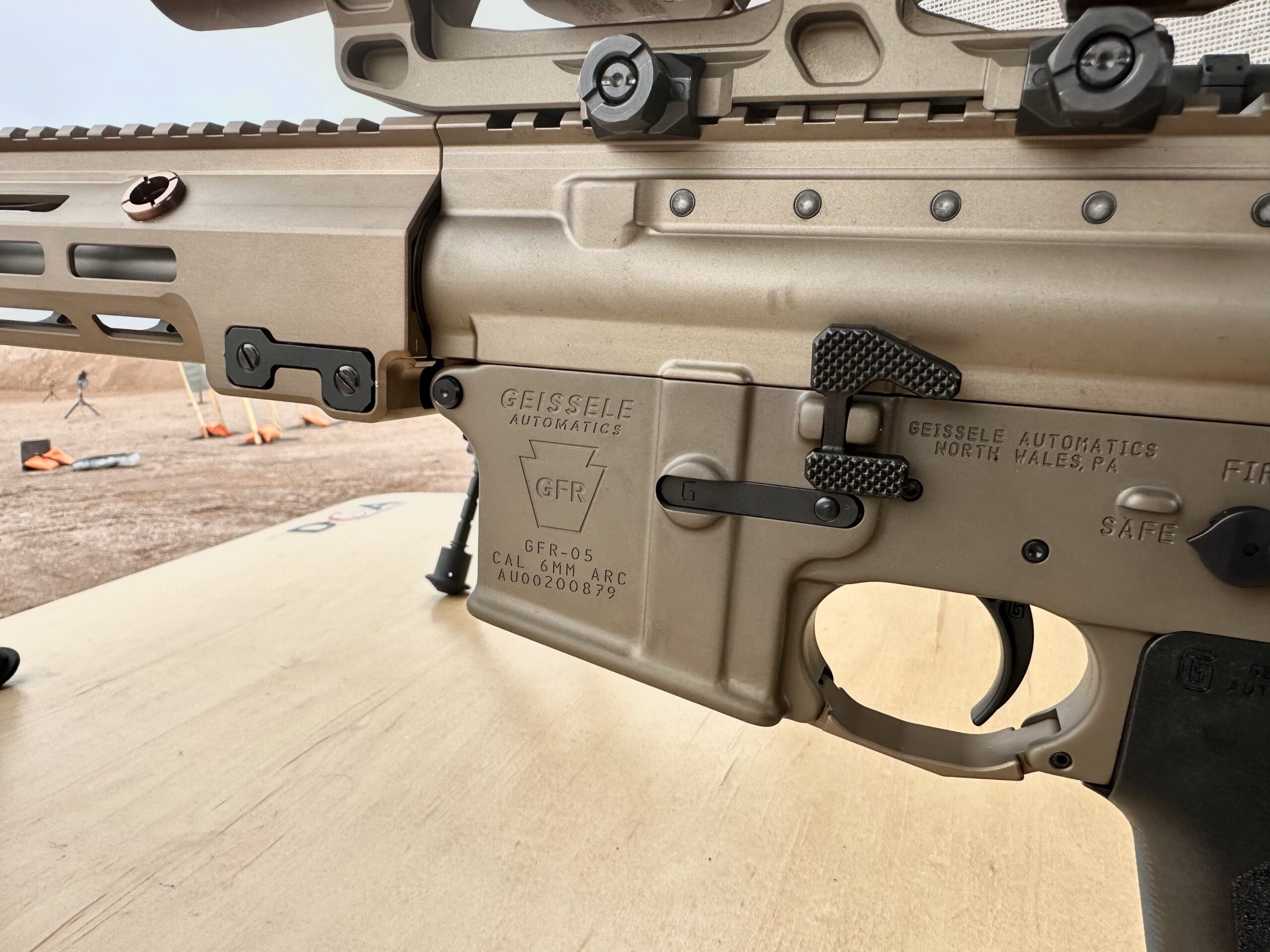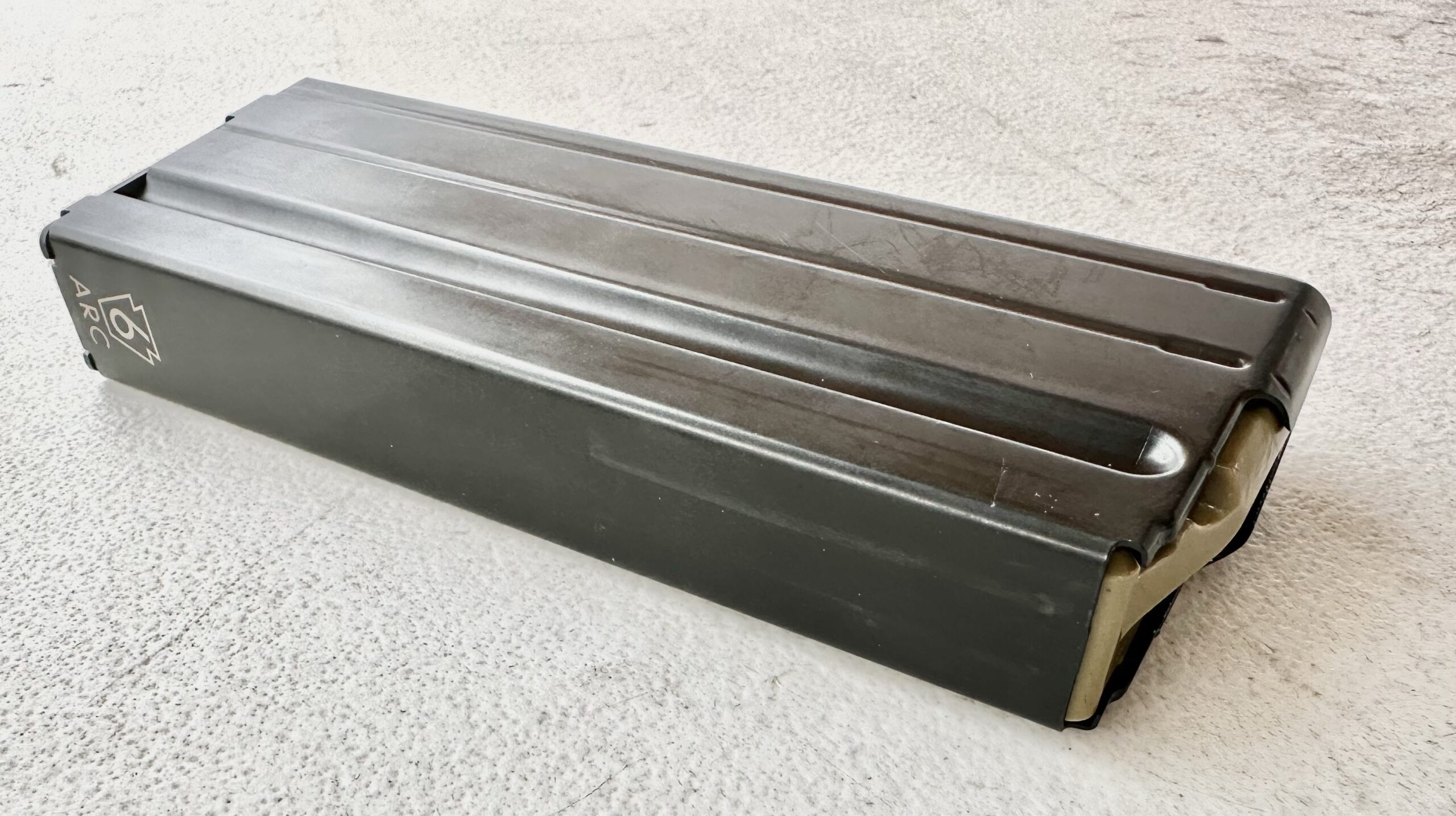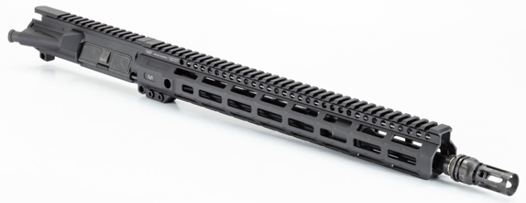27 March 2023 – San Antonio TX – Sons of Liberty Gun Works. (SOLGW), is pleased to announce the addition of our California Compliant rifles to RSR inventory selection. SOLGW products feature meticulous craftmanship, unbeatable reliability, and a lifetime warranty. SOLGW is one the fastest growing brands at RSR, quickly pushing forward to the top of the rifle category.
“… arming more Americans, arming more people like-minded like us, regardless of where they geographically live, was something that was important to us.” -Mike Mihalski
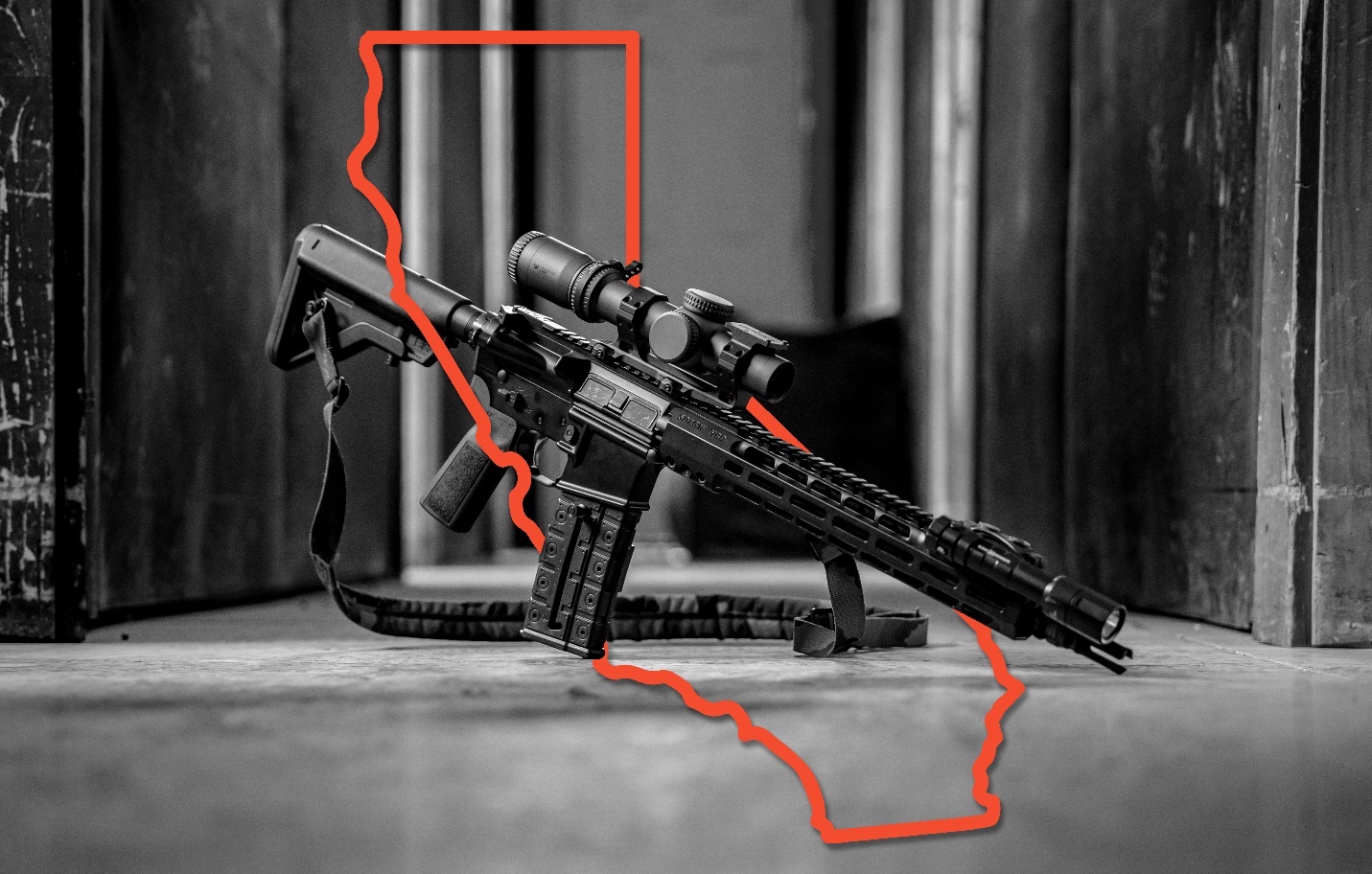
M4-89 13.7” (16” OAL)
The Sons of Liberty Gun Works M4-89 was designed to be Ultimate Fighting Rifle. It features their new M89 Drive Lock Rail, Liberty Fighting Trigger, and the Vltor A5 buffer system. SOLGW has nothing to hide with its quality builds. This rifle comes with a NOX muzzle device that is pinned and welded to make it a non-NFA rifle, bringing it to a 16″ OAL.
• Barrel: Sons of Liberty Gun Works 13.7” 4150CoMOV 1:7 MPI HPT Barrel (pinned to 16″)
• Caliber: 5.56 NATO Chamber
• Barrel Steel: 4150 CrMoV (Chrome Moly Vanadium per MIL-B-11595E)
• Twist Rate: 1/7 Twist Six Groove
• Thread Pitch: 1/2-28 Threaded Muzzle
• Gas Block: .750? Gas Block Journal with an appropriately sized gas port
• Weight: 27 Ounces
• Barrel Finish: QPQ Corrosion Resistant Finish
• Barrel Extension: QPQ coated M4 Feed Ramp Extension
• High Pressure (proof) Tested (HPT)
• Magnetic Particle Inspected (MPI)
Lower Receiver: Sons of Liberty Gun Works Forged Lower Receiver
• Material: Made from Mil-Spec 7075-T6 aluminum forgings
• Finish: Anodized to Mil-Spec MIL-A-8625F, Type III, Class 2, Hard Anodize Coating, Flat Black Dye, Non-Reflective, NiAc Seal
• The contour is fully machined leaving no flash marks from the forging. All lowers are cut with an M16 auto pocket.
• Safe, Fire, and Full Auto Pictograms.
Buffer System: Intermediate (A5) Buffer System designed to improve reliability while creating a smoother operating cycle.
• Receiver Extension: Intermediate Receiver Extension Tube made from 7075-T6 Aluminum
• Buffer: A5H2 Buffer
• Buffer Spring: SpringCo Green Rifle Length Spring
• Receiver end plate: QD Mil-Spec with properly staked Castle Nut
• Fire Control Group: Sons of Liberty Gun Works Liberty Fighting Trigger (LFT) with consistent 5.5lb pull.
• Safety Selector: Sons of Liberty Gun Works Selector Quick
• Grip: B5 Systems Grip – Black
• Stock: B5 Systems Bravo Stock – Black
Upper Receiver:
• Material: Made from Mil-Spec 7075-T6 aluminum forgings.
• Exterior Finish: Anodized to Mil-Spec MIL-A-8625F, Type III, Class 2, Hard Anodic Coating, Flat Black Dye, Non-Reflective, NiAc Seal
• Interior Finish: Anodized to Mil-Spec MIL-A-8625F, Type III, Class 2, Hard Anodic Coating, Flat Black Dye, Non-Reflective, NiAc Seal
• T-Marks: Engraved T-Marks
• Gas Block: Sons of Liberty Lo-Pro Gas block made from 4140 Steel and Nitride Treated with Knurled Head Set Screws
• Gas Tube: Sons of Liberty Standard Mid-Length Melonited Stainless Steel
• Rail System: Sons of Liberty Gun Works M89 Drive Lock
• Weight: 13 OZ
• Muzzle Device: SOLGW NOX (pinned and welded)
• Sights: No sights included
Includes: Allen Tactical Soft Case, CompMag Fixed 10Rd Magazine, SOLGW Sticker & Patch, copy of the US Constitution, Steel M-LOK QD Socket, and LIFETIME Warranty Certificate
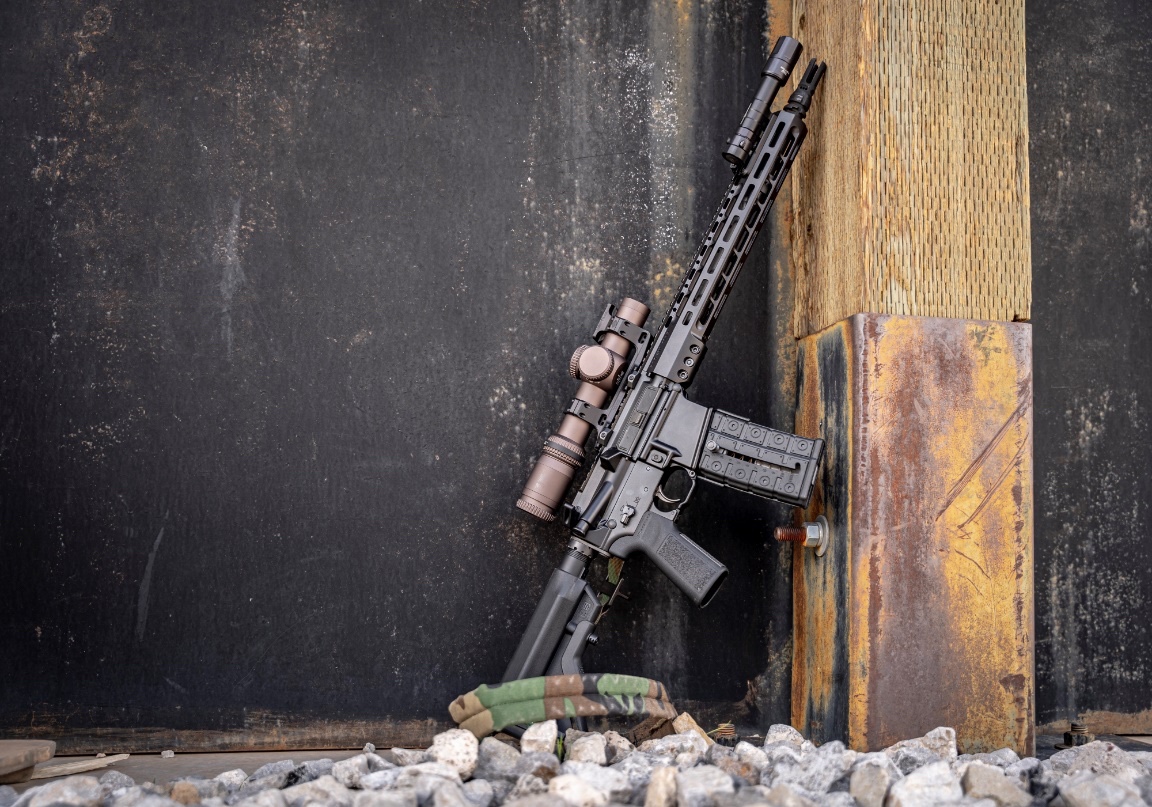
M4-89 16”
The Sons of Liberty Gun Works M4-89 was designed to be Ultimate Fighting Rifle. It features their new M89 Drive Lock Handguard, Liberty Fighting Trigger, and the Vltor A5 buffer system. SOLGW has nothing to hide with its quality builds. This rifle has a 16″ barrel and an A2 Flash hider.
• Barrel: Sons of Liberty Gun Works 16” 4150CoMOV 1:7 MPI HPT Barrel
• Caliber: 5.56 NATO Chamber
• Barrel Steel: 4150 CrMoV (Chrome Moly Vanadium per MIL-B-11595E)
• Twist Rate: 1/7 Twist Six Groove
• Thread Pitch: 1/2-28 Threaded Muzzle
• Gas Block: .750? Gas Block Journal with an appropriately sized gas port
• Weight: 27 Ounces
• Barrel Finish: QPQ Corrosion Resistant Finish
• Barrel Extension: QPQ coated M4 Feed Ramp Extension
• High Pressure (proof) Tested (HPT)
• Magnetic Particle Inspected (MPI)
Lower Receiver:
• Material: Made from Mil-Spec 7075-T6 aluminum forgings
• Finish: Anodized to Mil-Spec MIL-A-8625F, Type III, Class 2, Hard Anodize Coating, Flat Black Dye, Non-Reflective, NiAc Seal
• The contour is fully machined leaving no flash marks from the forging. All lowers are cut with M16 auto pocket.
• Safe, Fire, and Full Auto Pictograms.
Buffer System: Intermediate (A5) Buffer System designed to improve reliability while creating a smoother operating cycle.
• Receiver Extension: Intermediate Receiver Extension Tube made from 7075-T6 Aluminum
• Buffer: A5H2 Buffer
• Buffer Spring: SpringCo Green Rifle Length Spring
• Receiver end plate: QD Mil-Spec with properly staked Castle Nut
• Fire Control Group: Sons of Liberty Gun Works Liberty Fighting Trigger (LFT) with consistent 5.5lb pull.
• Safety Selector: Sons of Liberty Gun Works Selector Quick
• Grip: B5 Systems Grip – Black
• Stock: B5 Systems Bravo Stock – Black
Upper Receiver:
• Material: Made from Mil-Spec 7075-T6 aluminum forgings.
• Exterior Finish: Anodized to Mil-Spec MIL-A-8625F, Type III, Class 2, Hard Anodic Coating, Flat Black Dye, Non-Reflective, NiAc Seal
• Interior Finish: Anodized to Mil-Spec MIL-A-8625F, Type III, Class 2, Hard Anodic Coating, Flat Black Dye, Non-Reflective, NiAc Seal
• T-Marks: Engraved T-Marks
• Gas Block: Sons of Liberty Lo-Pro Gas block made from 4140 Steel and Nitride Treated with Knurled Head Set Screws
• Gas Tube: Sons of Liberty Standard Mid-Length Melonited Stainless Steel
• Rail System: Sons of Liberty Gun Works M89 Drive Lock
• Weight: 13 OZ
• Muzzle Device: A2 Flash Hider
• Sights: No sights included
Includes: Allen Tactical Soft Case, Comp Mag 10rd Fixed Magazine, SOLGW Sticker & Patch, copy of the US Constitution, Steel M-LOK QD Socket and LIFETIME Warranty Certificate
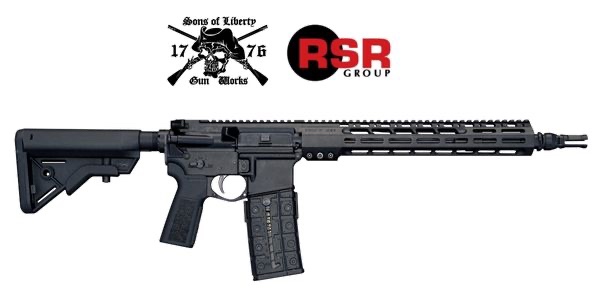
M4-89 13.7 (16”OAL Non-NFA) shown with additional models becoming available as well:
Patrol SL 13.7” (16”OAL)
Patrol SL 16”
M4-EXO3 13.7” (16”OAL)
M4-EXO3 16”
M4-89 13.7” (16”OAL) TIGER EYE BROWN
M4-89 16”OAL BAZOOKA GREEN
Contact your RSR Sales Representative to receive the initial allocation
RSR Group, Inc. is committed to the total satisfaction of its customers by providing a well-stocked selection of products at competitive prices. With five sales centers across the U.S. and a Texas distribution center, RSR Group can provide fast and reliable service. For additional information about RSR Group, Inc. visit www.rsrgroup.com.

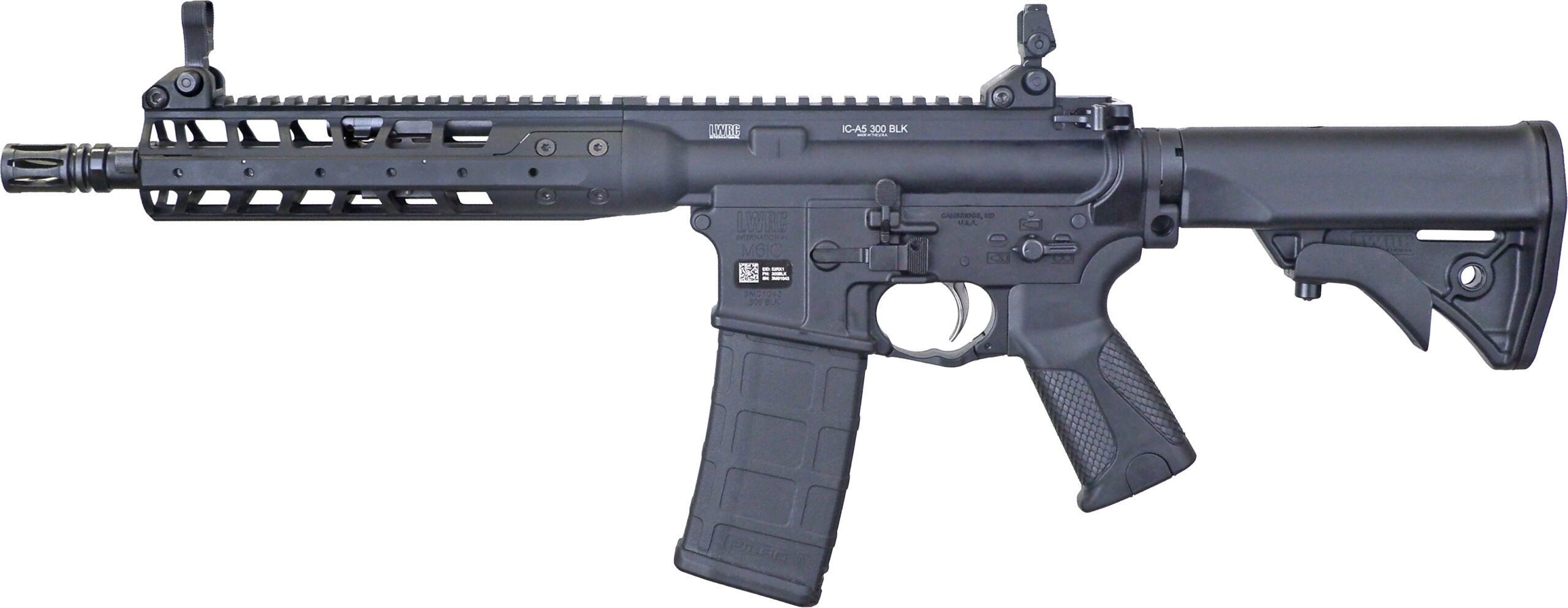
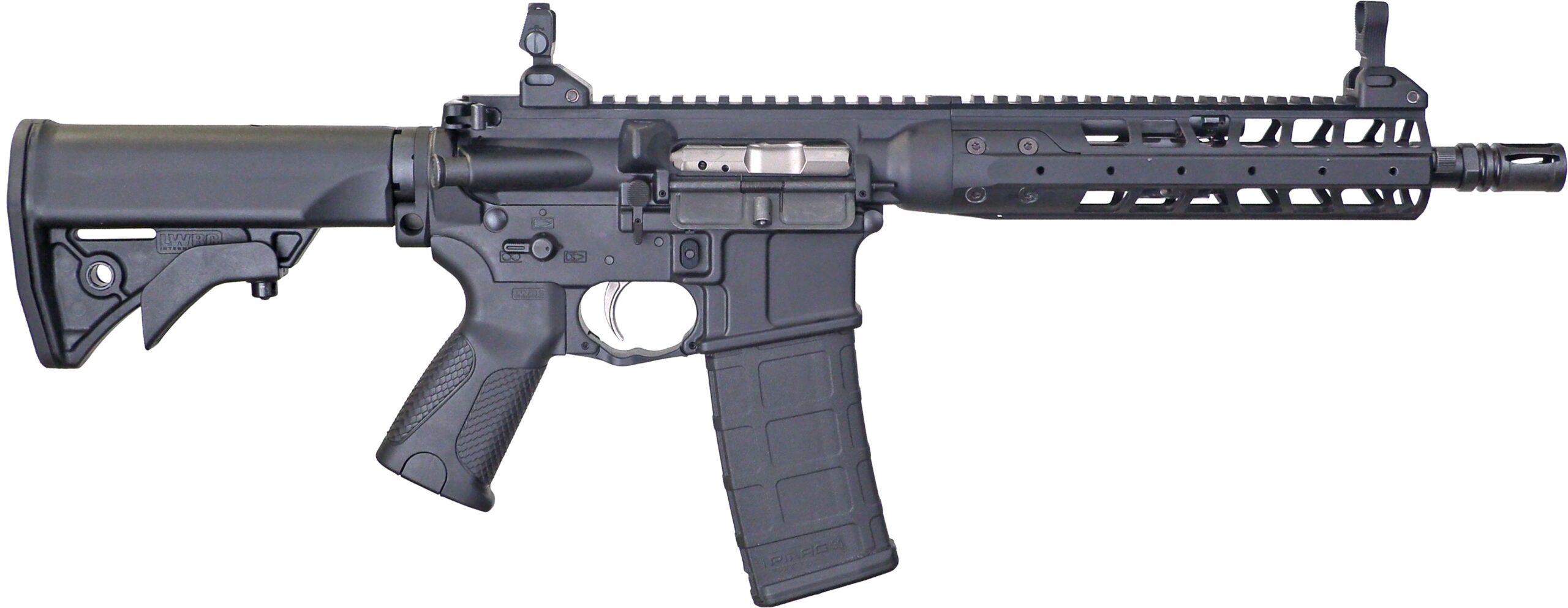



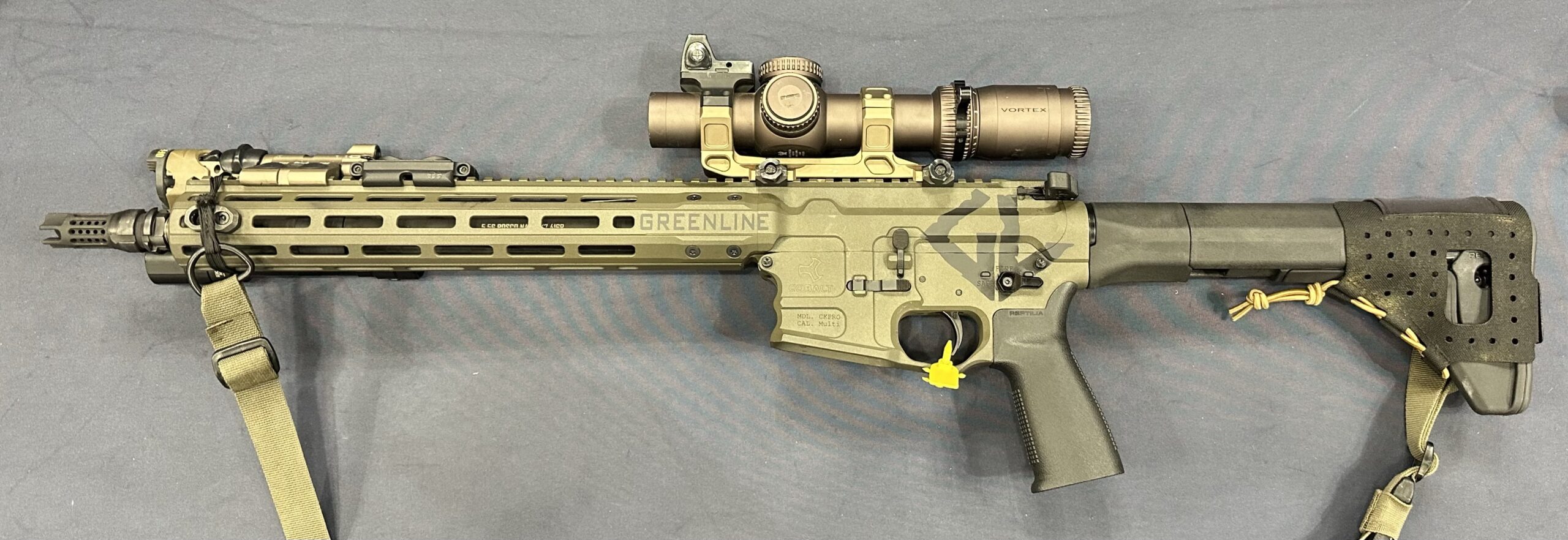
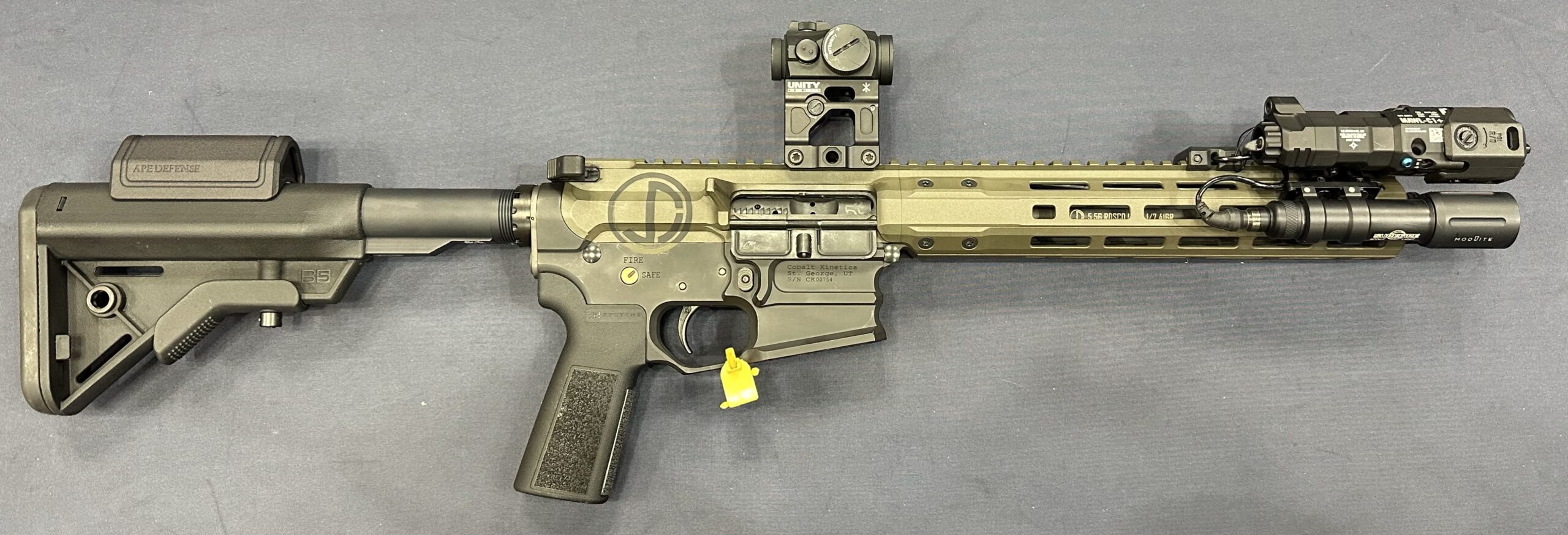
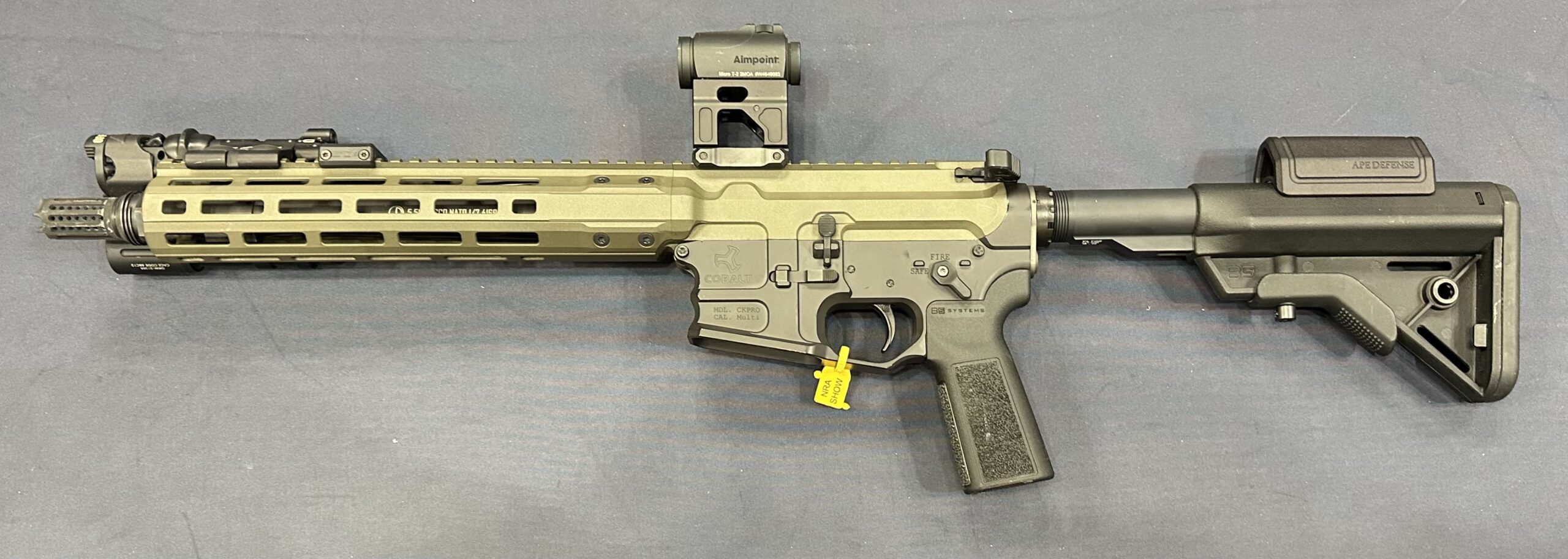





 The custom furniture package, also offered as individual accessories, include the 30-round magazine with in-mold stippled grip texture, polymer matrix construction and anti-tilt follower. A six-position glass-filled polymer stock has three sling attachment points and an anti-snag latch for a tight lockup to the buffer tube, eliminating rattle. The pistol grip is molded with the same durable, polymer matrix material, an optimal 19.5-degree grip angle and in-mold stippled texture to improve control and handling.
The custom furniture package, also offered as individual accessories, include the 30-round magazine with in-mold stippled grip texture, polymer matrix construction and anti-tilt follower. A six-position glass-filled polymer stock has three sling attachment points and an anti-snag latch for a tight lockup to the buffer tube, eliminating rattle. The pistol grip is molded with the same durable, polymer matrix material, an optimal 19.5-degree grip angle and in-mold stippled texture to improve control and handling.


